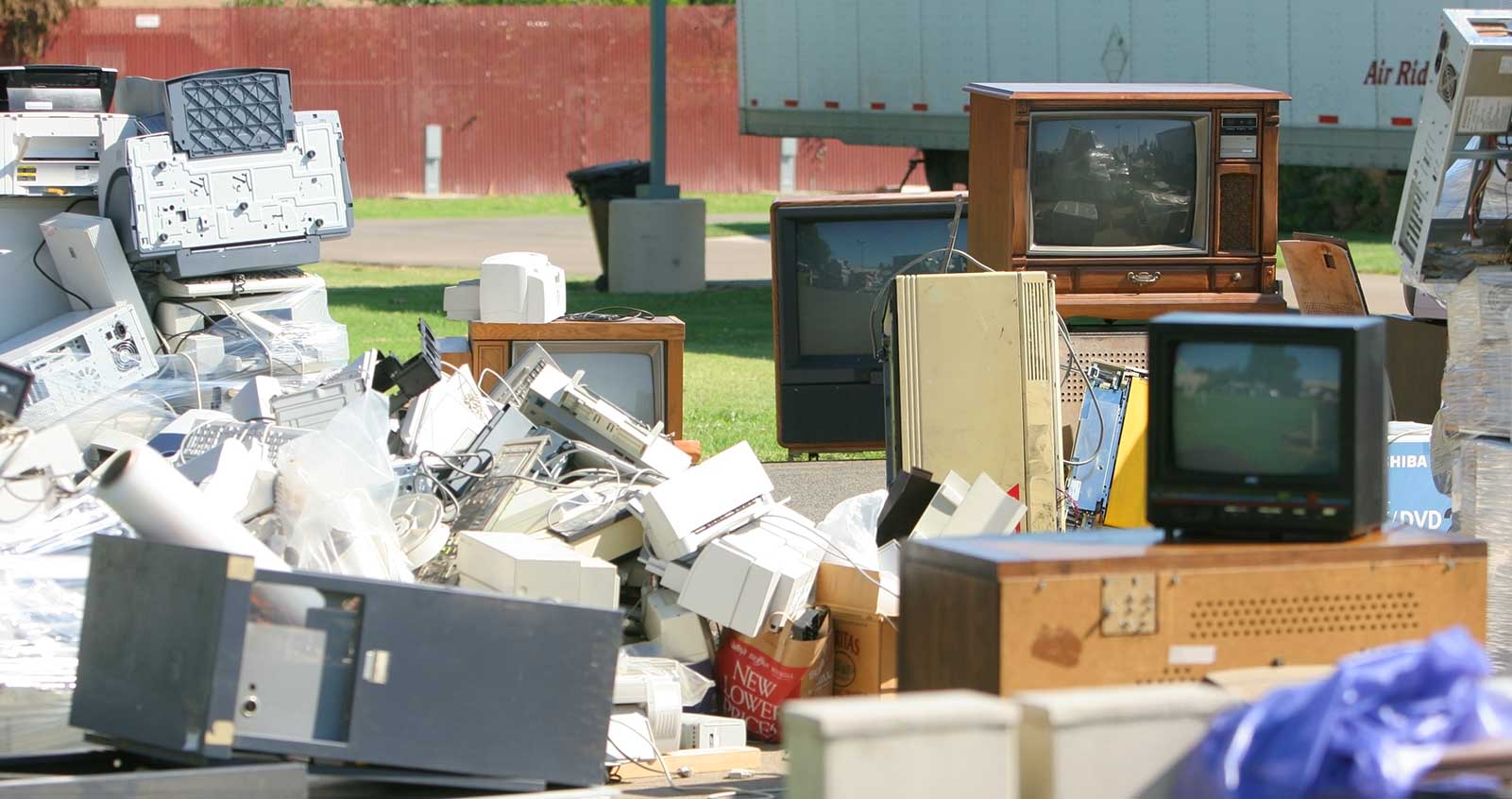Second Life for Concrete Slabs
Posted on 18/08/2024
Concrete slabs are integral components in modern construction, offering strength, durability, and resilience. However, what happens when these slabs reach the end of their initial life span? The concept of giving concrete slabs a second life is an innovative and sustainable approach that helps to reduce waste, save resources, and maintain the structural integrity of existing infrastructures. This comprehensive guide explores the various methods for repurposing concrete slabs, their benefits and drawbacks, practical tips, and key takeaways to consider.
Why Repurpose Concrete Slabs?
The mindful repurposing of concrete slabs can provide several benefits, both environmentally and economically. By extending the life of concrete, we can significantly reduce the demand for new raw materials and lower carbon emissions associated with the production of new concrete. Additionally, repurposing allows for the reuse of valuable resources and minimizes the environmental footprint of construction projects.

Methods for Repurposing Concrete Slabs
There are different methods to give concrete slabs a second life, and each has its unique applications and advantages:
1. Concrete Recycling
Concrete recycling involves crushing the old slabs into aggregates, which can then be used for new construction projects or as base material for roads and pavements. This method preserves natural resources and can provide significant cost savings.
2. Decorative Concrete
Old concrete slabs can be transformed into aesthetically pleasing elements through techniques such as staining, stamping, and polishing. These decorative finishes can be used for walkways, patios, and interior floors, adding both beauty and new utility to aged concrete.
3. Concrete Facade Panels
Another innovative repurposing method involves using old concrete slabs as facade panels for buildings. This approach combines the durability of concrete with modern design aesthetics, providing a unique and sustainable building material.
Pros and Cons of Repurposing Concrete Slabs
Before embarking on the journey of repurposing concrete slabs, it's crucial to consider both the pros and cons:
Pros
- Environmental Benefits: Reduces landfill waste and conserves natural resources.
- Cost-Effective: Often more affordable than producing new concrete.
- Sustainability: Supports the principles of sustainable construction and green building.
- Innovation: Opens up avenues for creative and unique design implementations.
Cons
- Quality Control: Variations in the quality of old slabs can affect the consistency of new applications.
- Processing Costs: Some methods of repurposing can be labor-intensive and require specialized equipment.
- Limited Applications: Not all old slabs are suitable for every repurposing method.
Tips for Successfully Repurposing Concrete Slabs
To make the most out of repurposing concrete slabs, consider the following tips:
- Assess Condition: Thoroughly inspect the slabs to determine their suitability for repurposing.
- Plan Ahead: Incorporate repurposing into the initial design and construction plan whenever possible.
- Consult Professionals: Seek advice from construction and design professionals experienced in sustainable practices.
- Stay Informed: Keep updated on the latest technologies and methods for concrete recycling and repurposing.

Key Takeaways
Here are the main points to remember about giving concrete slabs a second life:
- Repurposing concrete slabs is a sustainable practice that benefits both the environment and the economy.
- Various methods, such as recycling, decorative finishes, and facade panels, can be used to extend the life of old concrete.
- Considerations include the advantages of cost savings, environmental conservation, and the potential challenges related to quality and processing.
Conclusion
Repurposing concrete slabs isn't just a trend; it's a forward-thinking approach that aligns with contemporary values of sustainability and innovation. By exploring the different repurposing methods and understanding the associated benefits and challenges, we can make informed decisions that positively impact both the environment and our construction practices. Whether through recycling, decorative enhancement, or creative applications, giving concrete slabs a second life is a practical and responsible choice for the future of the building industry.




